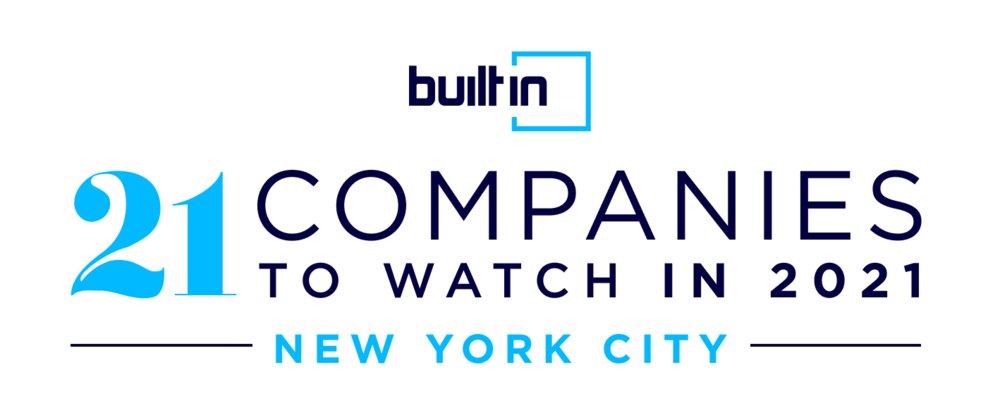
The increased use of AI in legal services is indisputable. Analysts predict that corporate legal departments will see technology budget increases as significant as three times by 2025 and an ongoing push to automate legal work for productivity. With its ability to bring immediate results out-of-the-box and learn and improve over time, AI offers the ideal technological solution to boost efficiency and save time for high-performing legal departments. In fact, this study found that AI for contract review can increase productivity by 51.5%.
However, not everything that claims to be AI these days is actually AI, and not all AI solutions are created equal. AI can significantly boost efficiency, streamline workflows, and save costs – if you invest in the right AI solutions.
Given the tremendous benefits of AI technologies, it’s helpful to understand the features that set the best AI tools apart from the competition. When you’re looking to purchase AI solutions and transform your legal department, you should consider whether they offer the following characteristics and features.
Time to Value
When you invest in new technology like AI, you want to start reaping the benefits as soon as possible. Therefore, when looking at AI options, you want to find solutions that allow you to quickly begin realizing value after you implement them.
Several factors can decrease the amount of time it takes to realize value from an AI solution. The software should be quick and easy to implement and roll out across all your users. Your AI should also ideally be pre-trained, meaning it’s ready to go straight out of the box, rather than requiring additional time to train it. The faster your users can capitalize on all the benefits of your AI solution, the faster it will translate into value for your organization.
Pricing Structure
Technology vendors take a wide range of approaches to pricing their products, and how they price them can significantly impact their value and usability for your enterprise. As the use of AI in legal services increases, the last thing you want to do is agree to a pricing structure based on the number of users.
When the price of your AI solution is not based on user numbers, you have the option of using the technology to work across all business units in your organization without having to worry about incurring extra costs when additional collaboration would be valuable. The ideal solution will have no limit on the number of users who can interact with the system for the initial price of your investment.
User Experience
Like any technology, AI is only valuable if your users can use it effectively. Any solution you choose should be easy to understand and execute without excessive training or a steep learning curve. Look into whether the product you’re considering has a proven implementation department.
The right tools will also have a good track record in the customer satisfaction department. It’s worthwhile to look into the vendor or product’s Net Promoter Score (NPS). An NPS is based on customers’ ratings of their likelihood of recommending a company, product, or service on a scale of 0 to 10 – so the higher the NPS, the better.
Underlying Platform
Any AI solution you purchase will have to operate on some underlying platform to function. At a minimum, that platform should be a trusted product that has the capacity necessary to meet all your needs and the ability to scale as those needs change.
Even better is not having to rely on external platforms for your chosen AI solution to work. The ideal tools will run on a reliable platform supplied and maintained by the same vendor as the AI solutions themselves. This will allow you to deploy products and updates quickly. Also, look for no-code platforms that will enable you to build your own apps with little or no technical experience.
Immediate Usability
A solution is only helpful if your users actually use it. It’s also most helpful if they can start using it right away. Long implementation delays or the need to invest significant time in learning to use a product can outweigh the benefits that product might eventually offer.
You should look for out-of-the-box products that require minimal configuration before they can be used in order to get the full use of AI in legal services. Such products are ready to go almost immediately, meaning you can quickly start using them to address the problems that drove you to seek out AI in the first place. At the same time, however, they can also be customized to meet the most simple or customized workflows within your organization.
Partner Network
While the vendor of your chosen AI solution certainly matters, so do your vendor’s partnerships. You want a technology provider that partners with other top-notch providers and professionals who can address your needs outside of those related to the specific AI technology you’re buying.
You want your AI product vendor to have alliances with experienced implementation service providers to ensure that your chosen solution succeeds across your entire enterprise. Beyond implementation, your provider should also be part of a robust ecosystem of partners who can address your needs as they arise, from the most routine business needs to the most novel demands that might arise. Having the right partnerships also means that your vendor can leverage those partnerships to design the most optimal solutions to address a particular problem.
The Use of AI in Legal Services – Investing in the Right AI
The excitement about AI is understandable – today’s technologies can accomplish tasks that seemed impossible even just a few years ago. Wanting to incorporate those advancements into your organization to improve the ways you do business is a great impulse.
You need to be sure, however, that you’re getting products that are effective and not just hype. Even more importantly, they must be tailored to your organization’s needs if you want to see actual benefits from them. Not every AI solution is suitable for every organization, and not every AI provider will give you the support you need for your products to succeed.
By considering the factors outlined above before you purchase any solution, you’ll put your organization on the right path to genuinely benefiting from AI. It’s worth the time to do your research and think before you buy.








 Today, we are excited to announce that
Today, we are excited to announce that 


